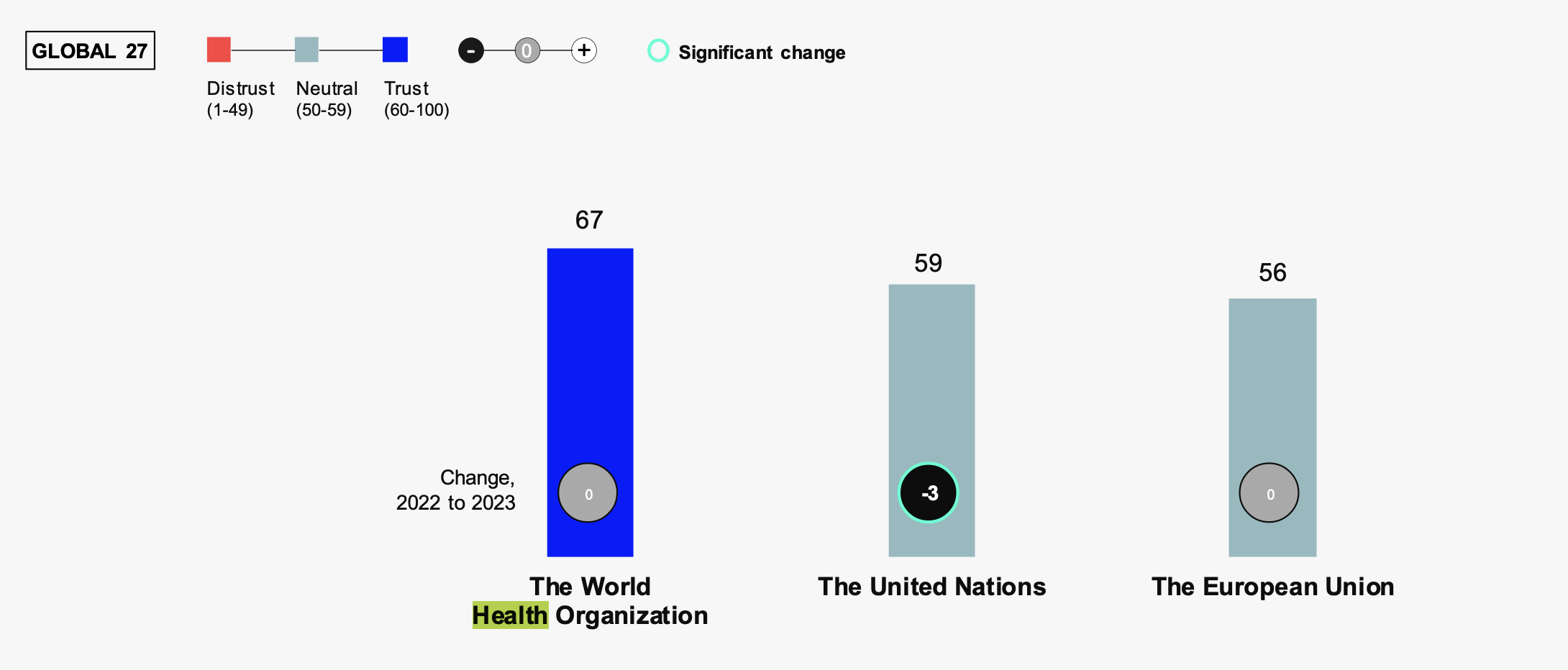COMMUNICATIONS
Planning Effective Communications for Rural Health Systems
Effective communications strategies for health systems in rural areas require a unique understanding of their target audiences, including their demographic characteristics, their perceptions of the health system and the health care industry in general, and their expectations for the care they receive—just like their urban counterparts.
According to Pauline W. Hoffmann, PhD, thorough knowledge of the target audiences for communications outreach efforts is arguably more important in rural areas, where populations may not be as diverse but where communication channels—and receptiveness to outreach messaging—may be more limited. Dr. Hoffman says that the key to any communications strategy is establishing trust, a challenge particularly at a time in which disinformation and misinformation are all too common.
Dr. Hoffman is an associate professor of communication at St. Bonaventure University, a senior health fellow with the Cattaraugus County Health Department in western New York, and a Richard P. Nathan Public Policy Fellow at the Rockefeller Institute of Government, in Albany, New York. She made her remarks in a session titled “Communication Planning for Rural Health Systems” during the SHSMD Connections Conference 2023, in September.
Underpinning any communications plan must be the mantra, “Always tell the truth,” Dr. Hoffmann explains. “Now, I've had people actually say to me, ‘Isn’t PR [public relations] just lying?’ No, it’s not. It’s truth telling. Now give me any profession, any industry, and I will find people who aren’t ethical and who maybe are lying. But for the most part, [health systems] are telling the truth, because trust is important. And if you’re not telling the truth, you’re not going to have trust for very long.”
On that front, the health care industry, at least in general, is still in a good place. According to the Edelman Trust Barometer, an annual assessment of public trust globally, the health care industry retains a high level of trust within the public, unlike politicians and, “sadly,” the media, Dr. Hoffmann says. “That [latter statistic] is hard because [media] people should be our partners in communication.”

Data from the Edelman Trust Barometer
Key Components of Communications
Beyond trust and truth, effective communications planning involves several key components, including getting a clear understanding of how the local community perceives the health system. This entails recognizing that people have their own unique truths—in other words, “If it’s true for them, it’s true for them,” Dr. Hoffmann notes.
Communications planning must learn what these existing perceptions are, as well as their origins. To do so requires “social listening” or the process of monitoring your brand’s social media channels as well as local media and dialogue for any customer feedback and direct mentions, followed by an analysis to gain insights into these perceptions and acting on them. “What are people saying in the grocery store, at church, at the food pantry?” Dr. Hoffmann says.
She adds that empathy is an important part of this process.
“People seem to have a misunderstanding of what empathy can mean,” Dr. Hoffmann explains. “It’s trying to understand who your audience is, where they’re coming from, why they may believe as they do, and why they may not act the way you’d like them to act.”
Requirement for Research
Truly understanding your target audiences involves undertaking research to gauge not only their demographics—such as age and race/ethnicity—but also socioeconomic status, generation and community culture. All these factors can influence their perceptions of your health system.
Another aspect to consider is the overall health trends and tendencies within your local region. Are certain chronic conditions more prevalent in the area than others? Are some population groups more reluctant to seek out health care services? Knowing this information is vital to developing communications strategies to reach them.
As an example, the county in which Dr. Hoffmann works—Cattaraugus, near Buffalo, New York—ranks 58th out of 62 counties in the state in length and quality of life, according to recent figures. Within the county, there is roughly one primary care physician for every 2,100 people. The local population has higher rates of poverty and lower rates of college education than the national averages.
Beyond demographic data, this process is part of an approach called psychographics—defined as a qualitative analysis of consumers’ psychological attributes, including personality traits, values, opinions, attitudes, interests and lifestyles, and how they develop and evolve over time.
According to Dr. Hoffmann, some questions to ask are: “Do you know who your audience is? What are the demographics that you know about them? What are the psychographic data that you might gather? What do they know and feel and think about you? And conversely, what do you know about them, and think about them and feel about them?”
An Internal Audit
Before refining its communications plan, a health system should take stock of its current outreach efforts via a communication audit, according to Dr. Hoffmann.
This includes a thorough review of the health system’s website design and content, social media messaging, traditional media use, and ongoing internal communication as well as communication with community partners, she explains. An audit should also evaluate any existing collateral materials and the health system’s current brand identity.
Questions to ask during the audit are as follows:
- What materials does the health system’s target audience see, hear and feel?
- Does the health system have an effective brand identity?
- If the target audience were to see/hear/feel something from the health system, would they know it is from the health system?
- Do we know what the target audience thinks of the health system?
- Do we know how the target audience gathers and processes information?
“I recommend doing this periodically anyway to make sure that you’re still doing things that make sense,” Dr. Hoffmann adds.


